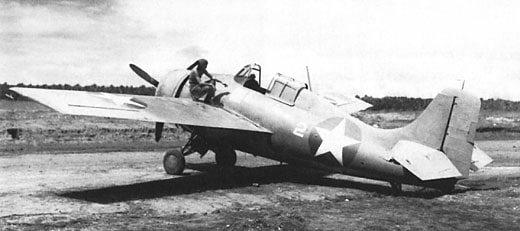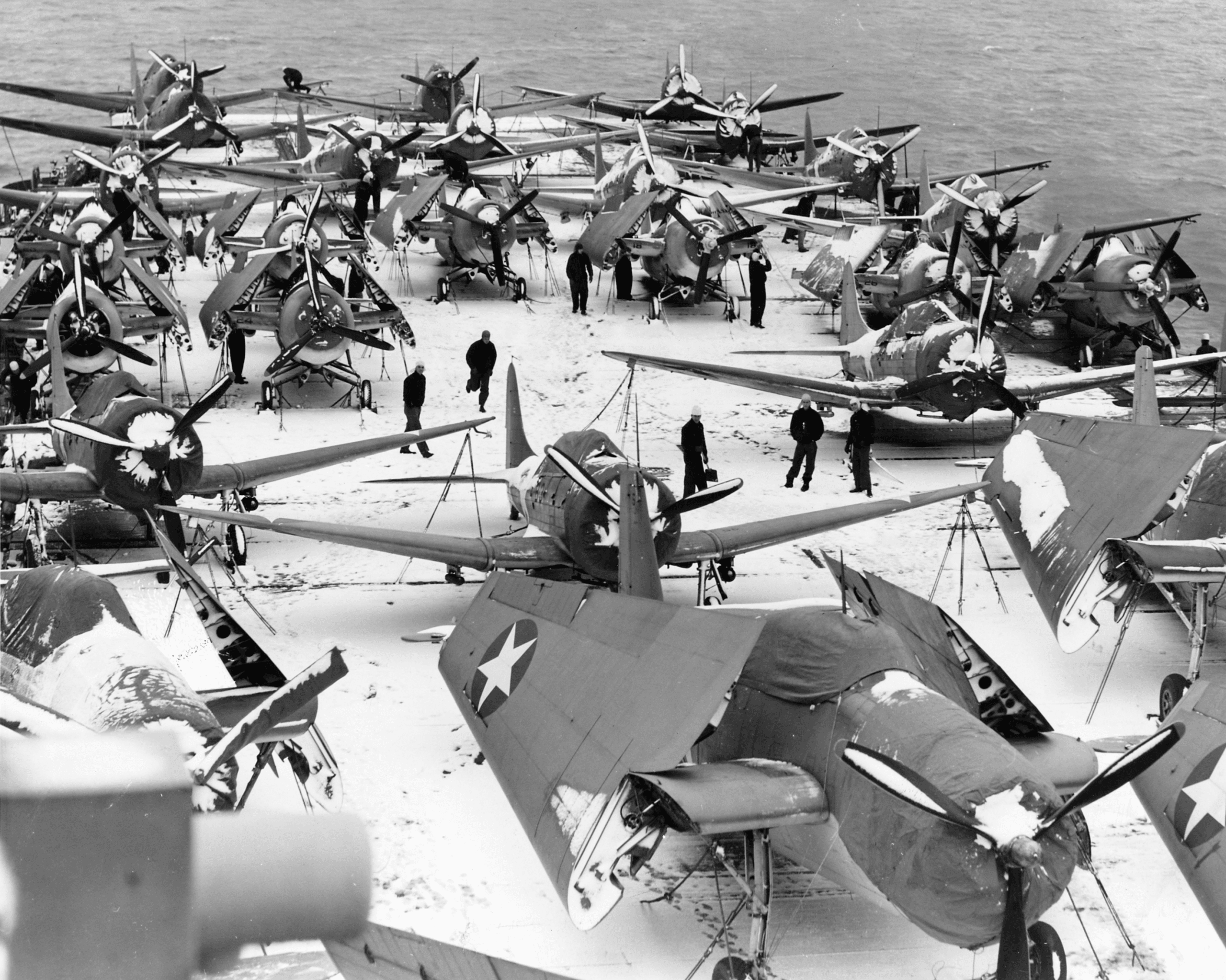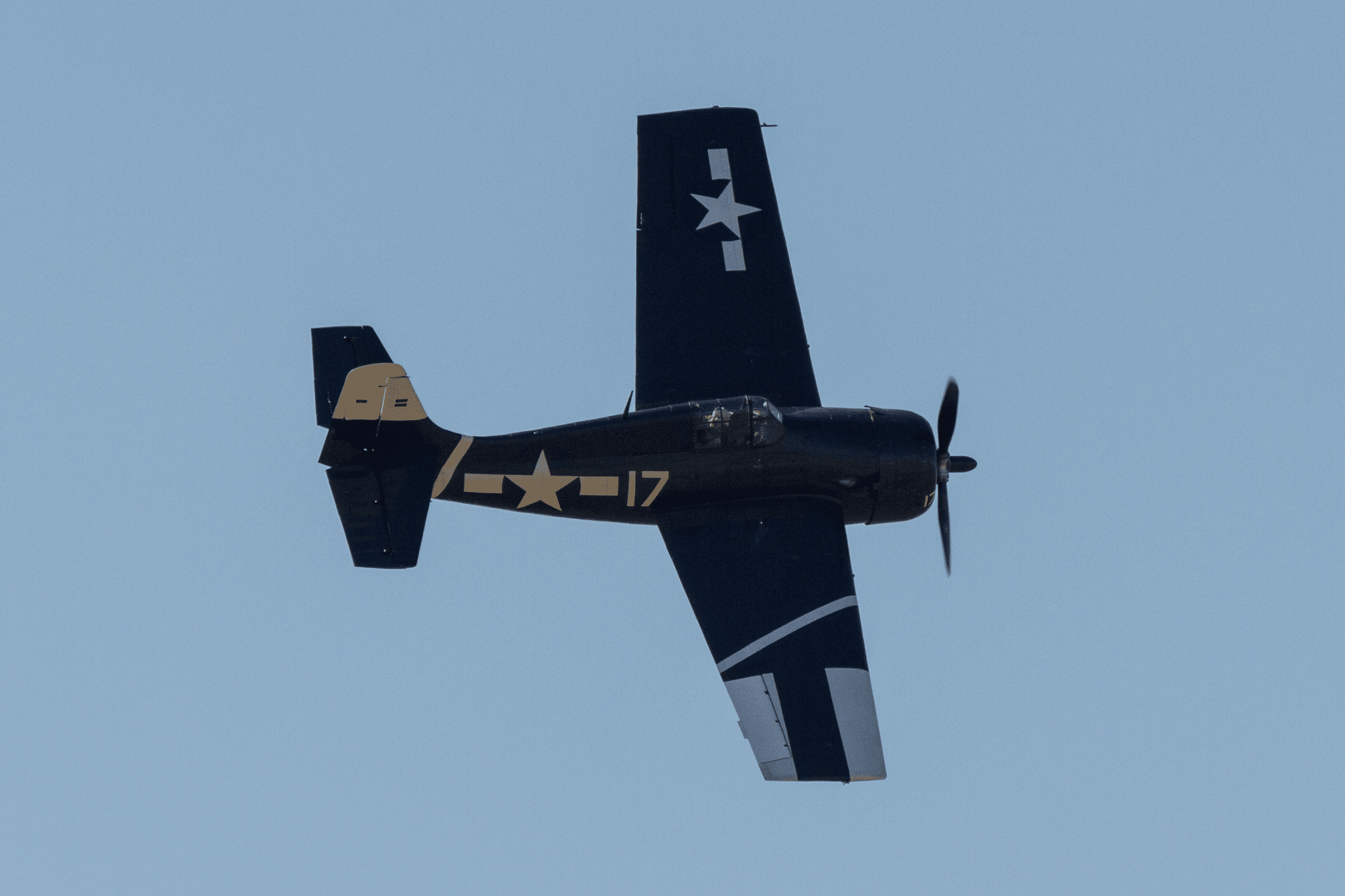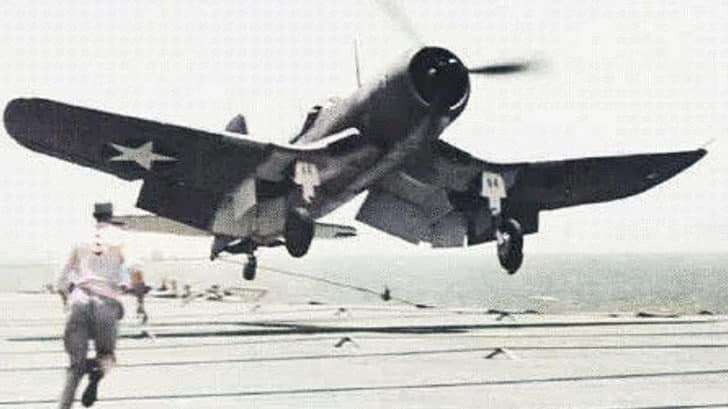On January 25, 1943, Joe Foss, a fighter pilot from the Marine Fighting Squadron 121, had just spotted a formation of over 100 Japanese bombers and Zeroes approaching the island of Guadalcanal.
Foss immediately knew that he was outgunned and outnumbered, with only 12 men under his command. Aboard his Grumman F4F Wildcat, a more heavily armored but slow plane than the Zero, he wasn’t keen on giving the enemy an easy fight.

Rugged Design
The produced Grumman F4F-3 had a length of 28 feet, a wingspan of 28 feet, and a height of 11 feet. The plane had a rugged design; its engine was encased in the forward part of the fuselage with an exposed air-cooled radial opening.
The Wildcat
The plane would enter service in the US Navy in 1940, and in April of 1941, the folding wing version was introduced into service and earned the iconic nickname, Wildcat.

Pitched Against the Zero
The Japanese Mitsubishi Zero had significantly outclassed the performance of the Wildcat. However, while the Wildcat was relatively slower, it made up for its strength and ruggedness, especially to enemy aircraft fire.
Remarkable Advantage
The Wildcat was a .50 caliber bullet sponge that would continue fighting. Its armor and self-sealing fuel tanks proved a remarkable advantage as the Zero was designed to be light, agile, and highly maneuverable at the cost of protection and resistance.

Evening the Odds
While the Wildcat wasn’t the perfect response against the Zero, the aircraft aided the air threat from the Japanese during the most crucial years of the Pacific War.


